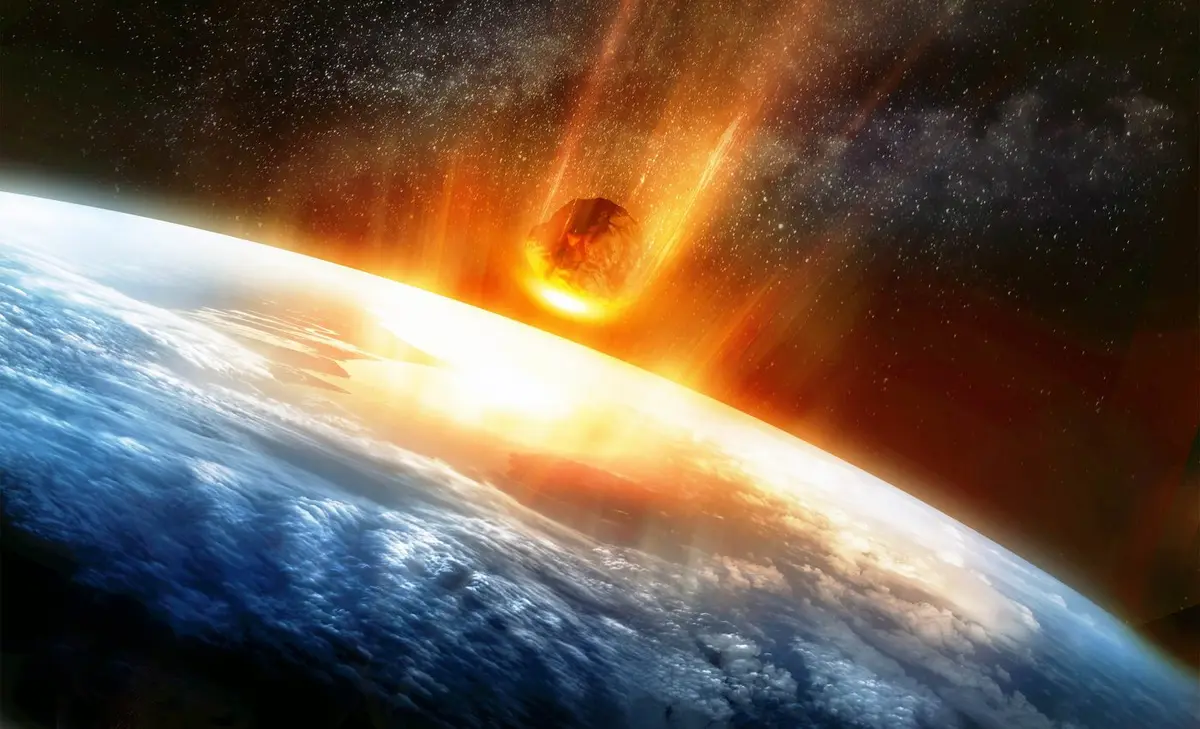Introduction
In the vast expanse of space, asteroids continue to be a source of fascination and concern due to their potential to alter life on Earth dramatically. Recently, NASA has issued a warning that has caught the attention of scientists, governments, and the public alike: asteroid 2024 YR4 has been assessed with a 3.1% chance of impacting Earth in the year 2032. This risk assessment marks the highest probability ever assigned to an asteroid threat, signaling a significant shift in how we perceive cosmic dangers.
The Asteroid in Question: 2024 YR4
Discovered on December 27, 2024, by the NASA-funded Asteroid Terrestrial-impact Last Alert System (ATLAS) station in Chile, 2024 YR4 is not just any space rock. With an estimated size ranging from 131 to 295 feet (40 to 90 meters), it falls in a size category comparable to a large building. This asteroid’s potential impact is not just a theoretical exercise; it’s a scenario that could have real, tangible consequences given its size and the probability of collision.
The Risk Assessment
The 3.1% chance of impact might seem small, but in the context of asteroid threats, it’s unprecedented. This figure represents a significant leap from the previously reported probability of over 1% for the same asteroid. The escalation in risk is due to more refined observations and calculations, which have been updated as more data becomes available. The potential impact date is set for December 22, 2032, which gives humanity a window of almost a decade to prepare or act.
Potential Impact and Consequences
Should 2024 YR4 collide with Earth, the effects would be profound. An asteroid of this size could cause regional devastation, potentially affecting tens of millions of people depending on where it lands. The impact could lead to significant loss of life, infrastructure damage, and environmental changes. NASA’s risk corridor assessment indicates that the path of potential impact could cross regions with high population densities, amplifying the potential human and economic toll.
NASA’s Response: The DART Mission
In response to such threats, NASA has not been idle. The success of the Double Asteroid Redirection Test (DART) mission in 2022 has provided a beacon of hope. DART demonstrated that humanity has the technology to alter the course of an asteroid through kinetic impact. This mission successfully changed the orbit of Dimorphos, a moonlet of the asteroid Didymos, by 32 minutes, proving that we can deflect a celestial body if given enough lead time. While 2024 YR4 presents a different challenge due to its size and trajectory, the principles learned from DART could be pivotal in our approach to mitigate this risk.
Global Preparedness and Public Reaction
The announcement has sparked a variety of reactions online, from humor to concern, reflecting the public’s complex relationship with cosmic threats. While some dismiss the low probability, others recognize the gravity of the situation, calling for proactive measures. Internationally, this news has likely triggered discussions on planetary defense strategies, funding for asteroid monitoring programs, and emergency preparedness plans. Countries might need to collaborate on a scale not seen before to address this potential disaster.
Conclusion
The case of asteroid 2024 YR4 underscores the importance of continuous monitoring of near-Earth objects. While the probability of impact is currently low, the potential for disaster requires us to remain vigilant and proactive. NASA’s advancements in asteroid deflection, combined with international cooperation, could be our best defense against such cosmic threats. As we move forward, the story of 2024 YR4 will not only be about the potential threat but also about humanity’s resolve to protect our planet from the unknown dangers of space.



